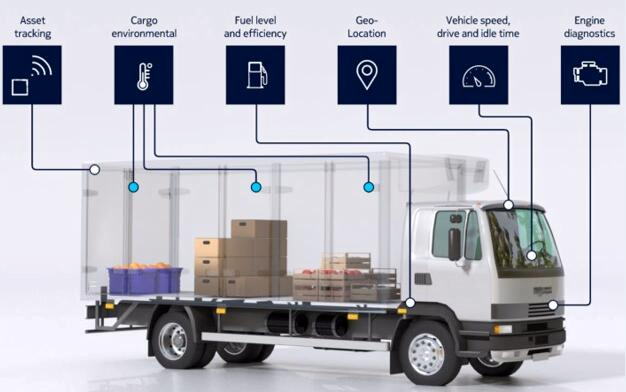Introduction
Pharmaceutical logistics depends heavily on precision. Medicines, vaccines, and biological products must be stored and transported within strict temperature ranges to remain effective. Any deviation can compromise quality, safety, and patient outcomes. This is where IoT-powered cold chain monitoring has become indispensable. By integrating Internet of Things (IoT) technologies into pharmaceutical supply chains, organisations can achieve real-time visibility, improve efficiency, and maintain compliance with regulatory standards.
The Importance of the Pharmaceutical Cold Chain
The pharmaceutical cold chain is designed to protect temperature-sensitive products as they move from production facilities to end-users. Traditionally, monitoring has relied on manual checks and delayed reporting, making it difficult to prevent losses in real time.
IoT is revolutionising this process by enabling real-time IoT cold chain monitoring. Through connected sensors and data-driven platforms, logistics teams can track temperature, humidity, and location instantly, ensuring consistent product integrity.
How IoT Enhances Cold Chain Tracking
IoT-powered solutions use connected sensors placed inside packaging, vehicles, and warehouses. These sensors transmit data to cloud platforms, allowing logistics managers to monitor the status of shipments remotely.
Key advantages of IoT cold chain tracking include:
- Real-time visibility: Immediate alerts when temperatures drift outside safe thresholds.
- Regulatory compliance: Continuous records help demonstrate adherence to strict pharmaceutical standards.
- Operational efficiency: Predictive analytics reduce waste, saving costs and time.
This level of oversight is supported by technologies such as IoT asset tracking, which ensures transparency and accuracy across complex logistics networks.
Real-Time Monitoring in Pharma Logistics
One of the most significant benefits of IoT integration is the ability to track pharmaceutical shipments continuously. Real-time monitoring helps organisations quickly respond to potential issues, from refrigeration unit failures to unexpected route changes.
By leveraging IoT-driven insights, companies can enhance their preventive maintenance strategies and strengthen supply chain resilience. This reduces the likelihood of temperature excursions and ensures critical products like vaccines reach patients safely.
Supporting Pharmaceutical Innovation with IoT
Pharmaceutical companies are under constant pressure to deliver high-quality products faster and more efficiently. IoT cold chain monitoring supports this mission by:
- Providing granular data for process optimisation
- Reducing product recalls caused by temperature failures
- Strengthening trust with healthcare providers and regulators
For example, IoT healthcare solutions complement cold chain monitoring by improving hospital logistics and patient safety. These combined technologies are helping the industry build stronger, smarter supply chains.
The Future of IoT in Pharmaceutical Supply Chains
As global healthcare systems become increasingly interconnected, IoT will play a larger role in ensuring supply chain resilience. Emerging trends include:
- Integration of AI to predict risks and optimise transport routes
- Blockchain for secure and transparent data sharing
- Solar-powered and energy-efficient monitoring devices for sustainable logistics
Together, these advancements will make pharmaceutical supply chains more efficient, sustainable, and reliable.
Conclusion
IoT-powered monitoring is no longer an optional upgrade – it is a necessity for pharmaceutical cold chain logistics. By enabling real-time tracking, predictive maintenance, and improved operational efficiency, IoT is transforming how life-saving medicines and vaccines are delivered worldwide.
To explore how IoT solutions can enhance logistics and healthcare, visit Smooth Connectivity and Smooth Comms.


